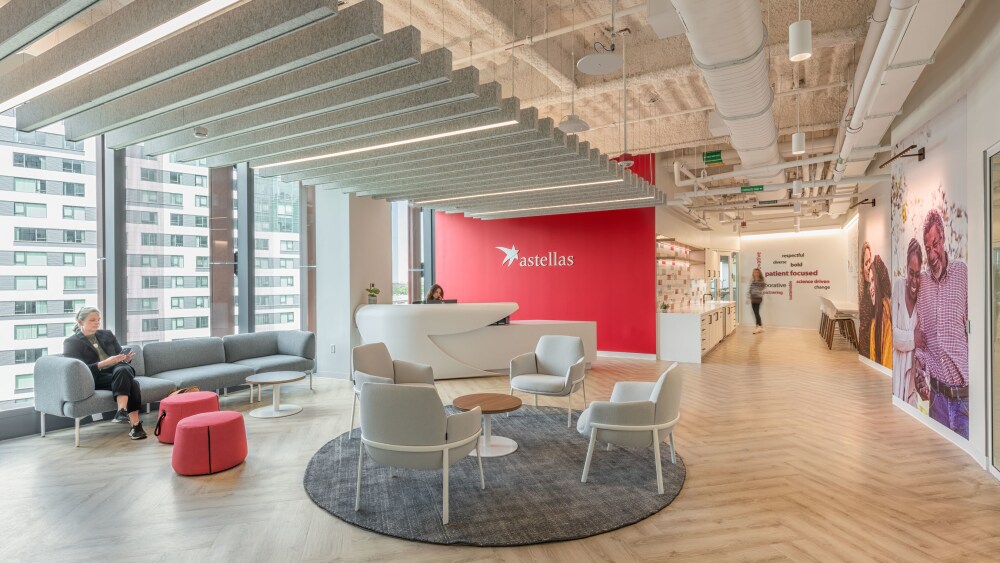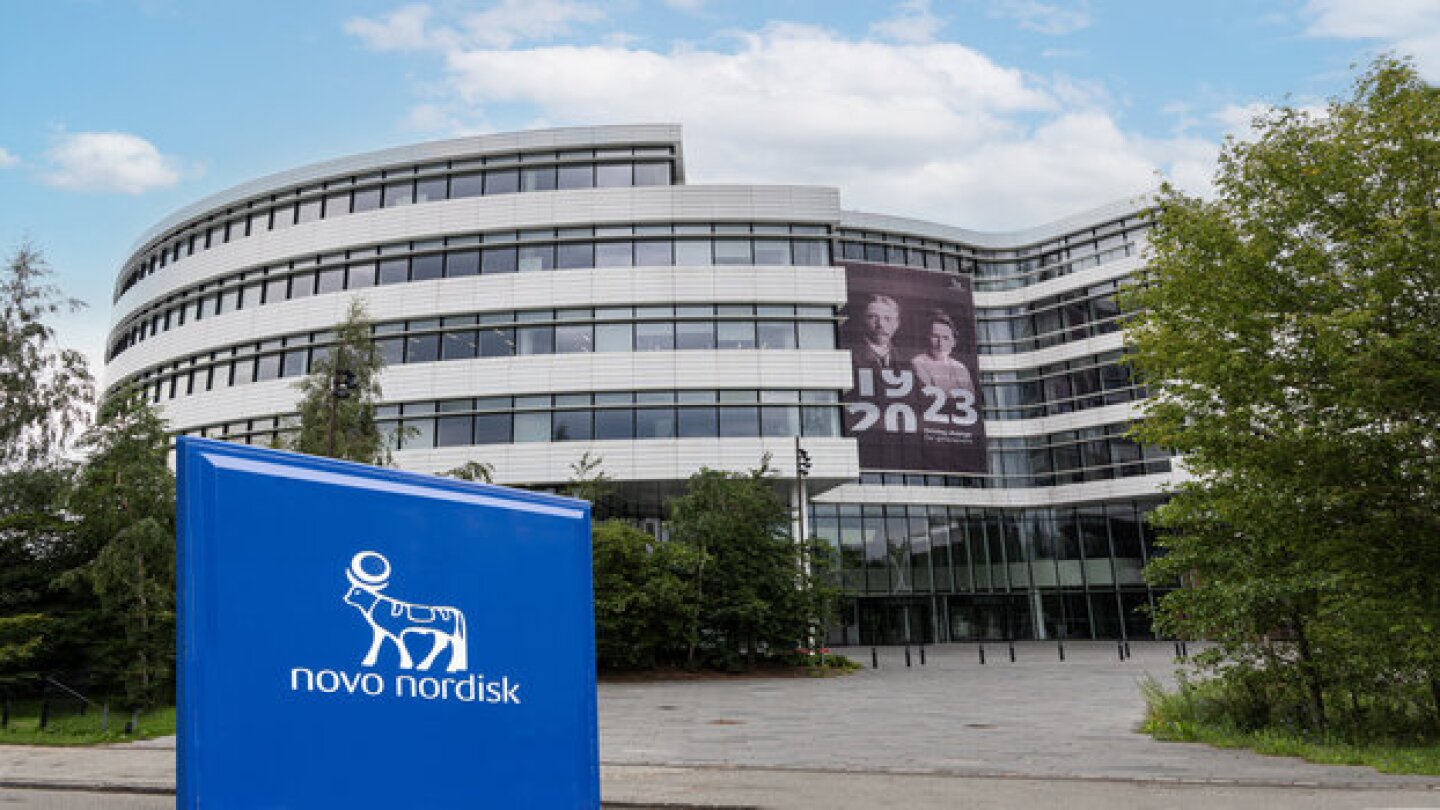News
Following Novo Nordisk’s price cuts for its own GLP-1 medicines, Eli Lilly is offering discounts for the obesity drug purchased through LillyDirect. Both pharmas recently struck a deal with the White House for cheaper prices via the yet-to-be-launched TrumpRx.
FEATURED STORIES
The upheaval of the Health and Human Services workforce and leadership leaves much to be desired in terms of delivery, recently retired FDA Chief Information Officer Vid Desai tells BioSpace, but the regulatory agency is evolving to be more open to much needed change.
Had Pfizer’s Freda Lewis-Hall not stepped in, SpringWorks’ rare disease treatment may never have reached patients. Pharmas can act now to help find the next Gomekli.
Having seen Congress spend money to onshore semiconductor production, pharma groups are pushing for similar incentives for domestic drug manufacturing.
Job Trends
Oncternal Therapeutics will lay off about 10 workers as it explores “strategic alternatives” that could include asset sales or an M&A.
FROM OUR EDITORS
Read our takes on the biggest stories happening in the industry.
With five CDER leaders in one year and regulatory proposals coming “by fiat,” the FDA is only making it more difficult to bring therapies to patients.
THE LATEST
Halda Therapeutics is developing oral assets for prostate and lung cancer. The deal comes after Johnson & Johnson set an ambitious goal for its oncology sales by 2030.
The companies have yet to disclose how many programs they plan to collaborate on or what indications they will prioritize.
Sarepta must also run a post-marketing study for Elevidys to better assess the risk of serious liver injury in patients dosed with the gene therapy.
Artios Pharma is working on a pipeline of oncology assets, led by alnodesertib, currently being tested for second-line pancreatic cancer and third-line colorectal cancer.
Aside from announcing layoffs, Sensei has decided to terminate its R&D work. The biotech has $25 million on hand, and continues to evaluate its strategic alternatives.
Top Trump administration officials have taken issue with Marty Makary’s management style, pointing to infighting between his appointees and the difficulty to get a hold of the FDA commissioner.
Priority voucher awardees and regulators could feel pressure to “meet the moment” as FDA watchers question the intent and feasibility of the Commissioner’s National Priority Voucher program.
Bristol Myers Squibb and Johnson & Johnson will continue to test the asset in stroke and atrial fibrillation.
Bayer has let go of about 13,500 employees, including around 5,000 managers, since implementing a new operating model in early 2024. CEO Bill Anderson said in a recent earnings call that he expects a slower rate of headcount reduction moving forward.
“As the future chair I will attend to the interests of not only the Novo Nordisk Foundation but all shareholders of the company,” incoming chair and former Novo Nordisk CEO Lars Rebien Sørensen said at the meeting held Friday.






















